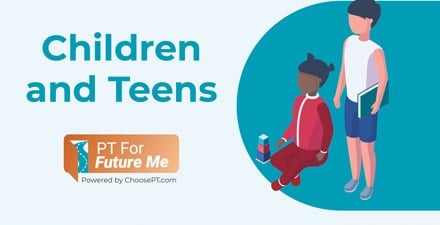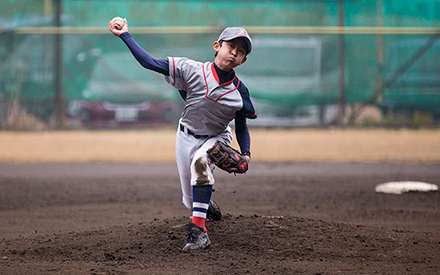
Chronic pain is pain that lasts for more than three months. For children, chronic pain can affect their ability to be active, leading to weakness and poor endurance. Chronic pain in childhood can impact participation in many aspects of life, including social relationships with peers. It can interfere with a child’s ability to actively engage in play activities, sports, school, or other social activities, all of which are important to a child's growth and development.
Causes
The most common types of pediatric chronic pain include:
- Abdominal pain.
- Headaches.
- Musculoskeletal pain.
- Widespread pain.
- Back pain.
The most common pediatric chronic pain syndromes include:
- Amplified musculoskeletal pain syndrome.
- Complex regional pain syndrome.
- Overuse syndromes.
Chronic pain is also commonly associated with the following conditions:
- Sickle cell disease.
- Juvenile idiopathic arthritis.
- Skeletal defects.
- Cancer.
- Neuromuscular disorders.
How Physical Therapy Can Help
Physical therapists play a vital role in the treatment of pediatric chronic pain conditions. A physical therapist will work with you and your child to create a treatment plan specific to your condition, needs, and goals. Interventions may include manual therapy, therapeutic exercise, functional retraining, and pain education. Goals are individualized for each child’s life and activities and may include:
- Return to prior activities.
- Increase independence.
- Decrease pain.
- Increase participation in everyday activities.
- Increase energy levels during daily activities.
- Increase muscle strength.
- Improve the ability to move.
- Improve posture.
- Improve quality of life.
- Improve sleep patterns.
- Increase child and family knowledge of chronic pain.
- Renew self-esteem and build confidence.
- Reduce the use of assistive devices.
Working With Families
Chronic pain in children impacts the entire family. Caregivers of children with chronic pain may experience increased stress, depression, or anxiety. They also play a significant role in their child’s treatment and progress. Physical therapists will work with the child and their family to ensure a holistic approach to managing your child’s pain.
Additional Resources


